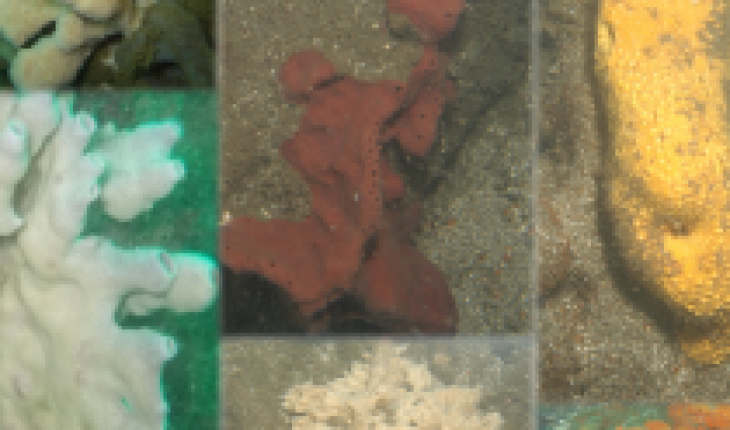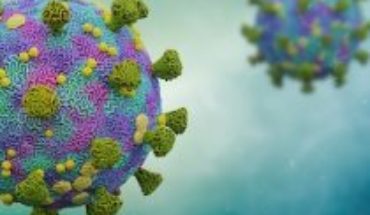Carry out the survey of a biodiversity baseline for a future marine conservation area in the northern sector of the island of Chiloé. That was the goal that ecologist Luis Miguel Pardo had in mind, when he dived 20 meters deep to dive in the Duhatao sector. The site was difficult to access and, despite the surface waters appearing turbulent, managed to extract a wide variety of samples.
That history dates back to 2012, when information about the place was scarce. The species that the researcher found on that occasion were taken to his laboratory. With the help of scientific literature, he managed to identify some organisms. However, there were others who decided to give them to a Brazilian specialist who was passing through Chile.
“Within the samples we collected, there were sea sponges. In your particular case, one should see the spicules, skeletal units, which are often silicon oxide or calcium carbonate. In addition, they have unique characteristics by species, therefore, to identify them, it is necessary to review the types of spicules present in the sponge tissue, “explains Pardo, co-author of the study, scientist at the Center for Research Dynamics of Marine Ecosystems of High Latitudes (IDEAL) of the Austral University of Chile (UACh) and academic of the Institute of Marine and Limnological Sciences of the same house of study.
Marine sponges, known in the scientific world as poriferous, are organisms capable of covering large areas and generating a different substrate, that is, they are considered to form new habitats and play an ecological role for the fauna that lives on it. In turn, in terms of ecosystem services, they deliver various bio-products for human use.
According to a report prepared by the Food and Agriculture Organization of the United Nations (FAO), “sponges are the source of thousands of chemicals with possible pharmaceutical and industrial applications, and some sponge-derived drugs are available clinically or in advanced clinical trials.”
Eight years after the diving work carried out in Duhatao, the scientist received an email from his Brazilian colleague, Julio Fernández, with unexpected news: one of the samples of marine sponge that he extracted that opportunity turned out to be a new species, Crella chiloensis. As a result, Brazilian and Chilean researchers began working on a new academic paper that was recently published in the journal Zootaxa.
To carry out the research, the scientists analyzed both internal and external morphology, through the description of tissue and spicules. This was carried out by scanning electron microscopy, a tool that provided details of the organism found.
“Findings like these, which are often coincidental, highlight the importance of knowing our biodiversity. The coasts of Chile are home to a very large biological heritage that is still unexplored,” concludes Pardo, also director of the Graduate School of the Faculty of Sciences of the UACh.





